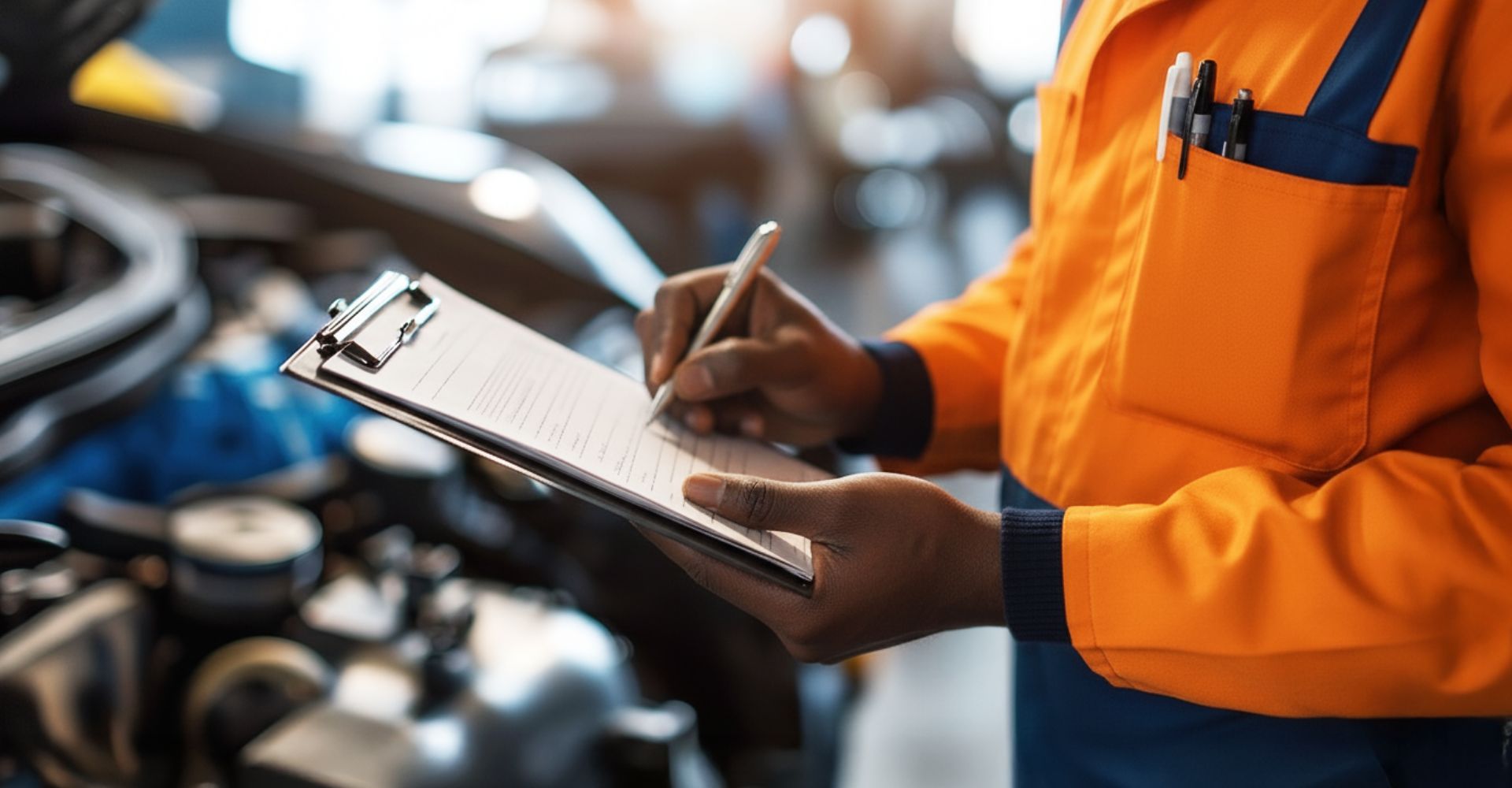Do you ever run through a car safety inspection checklist before you hit the road for that long weekend or even for your daily commute? Even if to-do lists are your thing, we’re leaning towards that answer being a “no.”
While it may seem tedious or unnecessary, it will help you avoid surprises such as a flat battery when you’re already late for work or a wiper that quits mid-thunderstorm.
PS: An extended car warranty should also be on that checklist! It can help cover those unexpected repair bills. Get a free quote right now in minutes, and you’ll have already ticked off #1 on our safety checklist!
Why Car Safety Inspections Matter
The Risks of Skipping Inspections
Ignoring inspections is like skipping the dentist. Everything seems fine until you chomp down a popcorn kernel, and then whoops, that rotten tooth you didn’t know about cracks. A worn brake pad or underinflated tyre can quickly escalate into a costly and dangerous breakdown.
When and How Often Should You Inspect Your Car?
A quick once-over every month should do it. You can perform a more thorough check before long trips. And of course, follow your car service plan and make sure you know when your vehicle is due for routine maintenance.
RELATED: EXTENDED CAR WARRANTY VS SERVICE PLAN
The Essential Car Safety Inspection Checklist
Engine Oil & Fluids: Check for Levels and Quality
Engine oil, brake fluid, and coolant are your car’s lifeblood. Ensure all levels are topped up and the fluids are clean. You don’t want any murky colours or burnt smells.
Battery: Clean Contacts and Test Power
You know how it goes, a weak battery loves to die on us at the worst possible moment. Check for corrosion on the terminals and test the voltage.
Wipers & Windscreen: You Need Clear Vision
Your car safety inspection checklist should always include checking your wipers and your windscreen. Replace blades if they streak, and keep your windscreen chip-free.
Top tip! Some wiper blades have a little black dot on them. When the black dot wears down it reveals a colour dot that means it’s time to replace them.
Tyres: Pressure, Tread, and Alignment
Far too many accidents are caused by cars with tyres that have no grip. Check tyre pressure monthly, measure tread depth (check out this blog on how much tread your tyres need) and look out for uneven wear that might signal misalignment.
Lights: Headlights, Indicators, Brake Lights, and DRLs
Lights keep you seen and safe. Test them all, including fog lights and daytime running lights, to avoid being “that car” with a missing headlight that looks like a motorbike in the dark.
Major vs Minor Car Service Checklist
A minor car service checklist usually covers oil changes, filters, spark plugs, and safety checks.
A major car service checklist is a lot more in-depth: timing belts, suspension, transmission fluids, and more. Your mechanic can do these checks for you, and it’s usually covered during your annual service.
Car Seat Safety Checklist: Keeping Your Little Ones Safe
How to Check Car Seats for Fit, Expiry, and Damage
Car seats aren’t made to last forever. Inspect straps for fraying, check expiry dates, and ensure the seat is correctly fitted and appropriate for your car model.
Legal Requirements for Car Seats and Seat Belts in South Africa
Under the National Road Traffic Act, all children under three must be secured in a proper car seat. Beyond the law, a car seat safety checklist can literally be life-saving.
Adults:
- Must wear a seatbelt if the seat is fitted with one (except while reversing or parking).
Children (3–14 years):
- Must use a suitable car seat or booster seat.
- If no child restraint is available but a seatbelt is, the child must wear the seatbelt.
Infants (0–3 years):
- Must be seated in an appropriate child restraint (car seat).
Rules for Riding Shotgun
- South African law does not prohibit a child from sitting in the front seat, nor does it set a hard minimum front-seat age.
- However, some sources do state that children aged 4 to 7 years may travel in the front seat, provided all rear seats are already occupied.
- This is more of a safety guideline than a clear statutory rule.
Why the Back Seat Is the Safest Place for Children
- The back seat is farthest from the point of frontal impact, which is the most common type of crash.
- If an airbag deploys, it can severely injure a child in the front seat especially in rear-facing car seats.
- Many child restraint manufacturers and road safety bodies strongly recommend keeping children in the rear seats as long as possible.
Staying Safe on the Road
At the end of the day, sticking to a car safety inspection checklist gives you peace of mind, prevents costly surprises, and keeps you and your passengers safe. Pair that with the right extended car warranty from dotsure.co.za, and you’re ready for the road ahead.
Do you need more info? Get a quick quote online or contact us for more about keeping your car and wallet safe.



